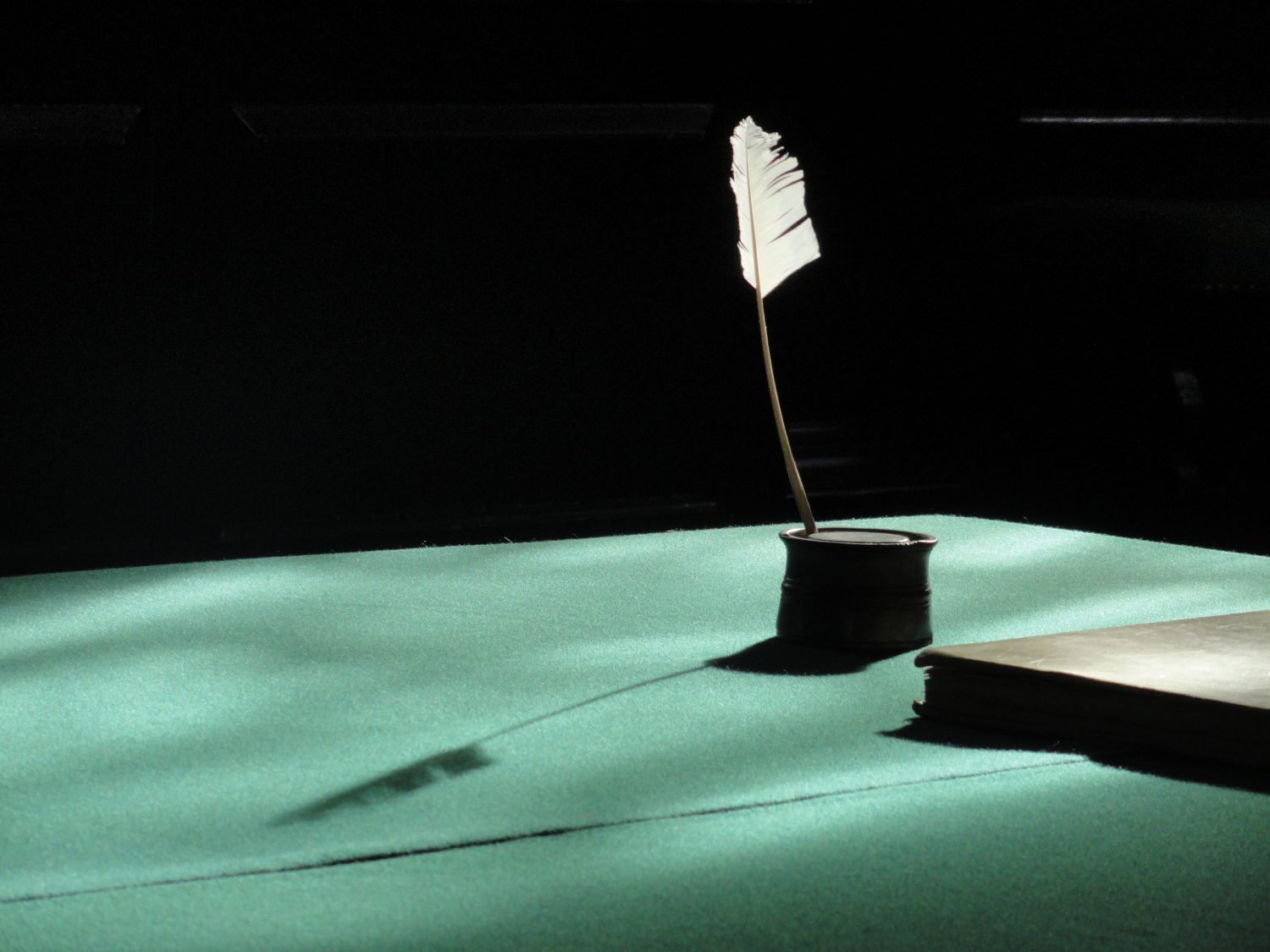Poetic justice served in the form of three standout writers

If you’re looking for a way to express your love to your significant other this Valentine’s Day but simply don’t know how, or if you’re trying to expose yourself to a new perspective of self-love, there’s nothing more personal (or cheesy) than a good poem. Poetry is a creative and personal way to express deep rooted feelings. Don’t know where to start? No worries. I took care of that part for you.
Naomi Shihab Nye
As a Palestinian-American, like many others who share two cultures, Shihab Nye has different definitions of what she considers home. She calls herself the “wandering poet” due to her passion for travel. She not only hopes to inspire people, but strives to promote heritage and peace through her work, featuring poems that are not only about love and self-content, but about her Palestinian background, as well. Throughout her career, Nye has won awards and fellowships, honoring her dedication to literature, teaching and hopes to continue to do so in the future.
Pablo Neruda
Although Neruda probably doesn’t resonate with the youth of today, he was once called “the greatest poet of the 20th century in any language,” by Colombian novelist, Gabriel García Márquez. After winning the Nobel Prize in literature in 1961, Neruda continued to compose love poems which later got adapted into a screenplay called Il Posstino. The movie later was nominated for five academy awards and won an Oscar. A compilation of his most famous love poems that have been put together and translated into English are being featured this month at Indigo and Chapters for Valentine’s Day.
Kim Hyesoon
After receiving her PhD in Korean Literature, Hyesoon was recognized and critically acclaimed in the 1990’s due to a strong wave of women entering the realm of fine poetry. Traditionally, famous historical poets were predominately male. However, Hyesoon made earnest efforts to perpetuate patriarchal structures and improve the reputation of women in poetry, playing the center role of women publishing in literary journals. She grounds herself in feminine writing and touches upon many of the injustices women face on a constant basis, both past and present.


